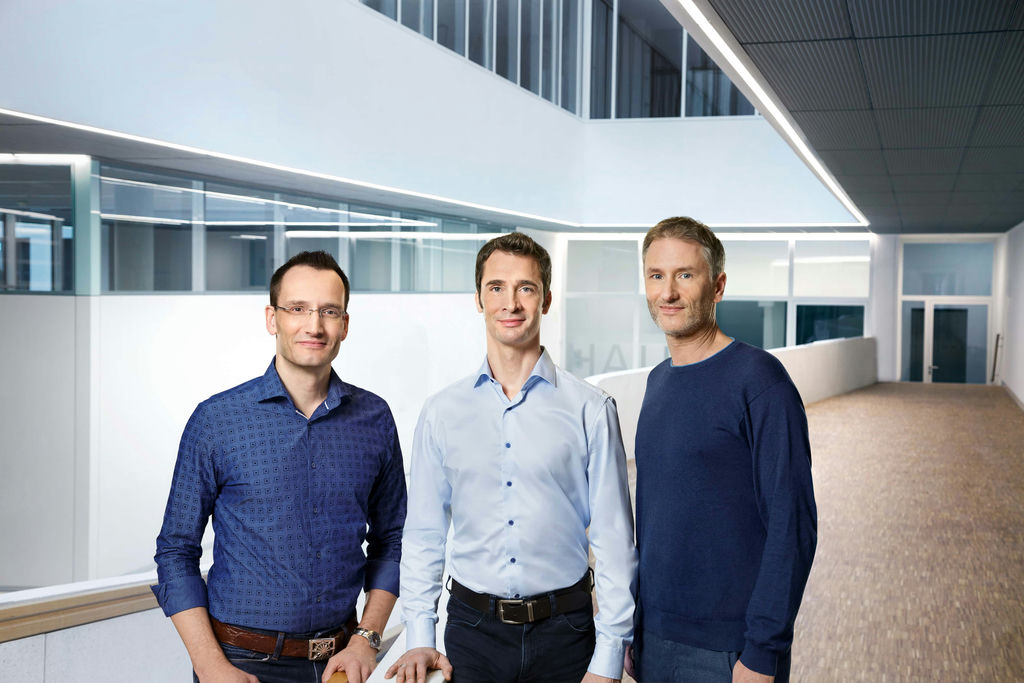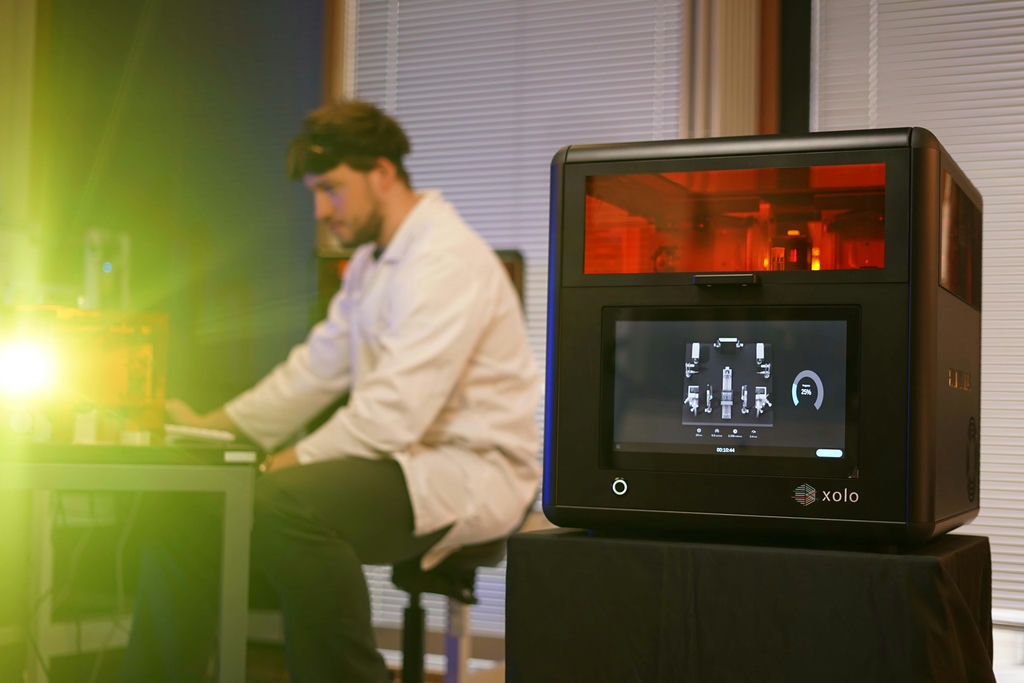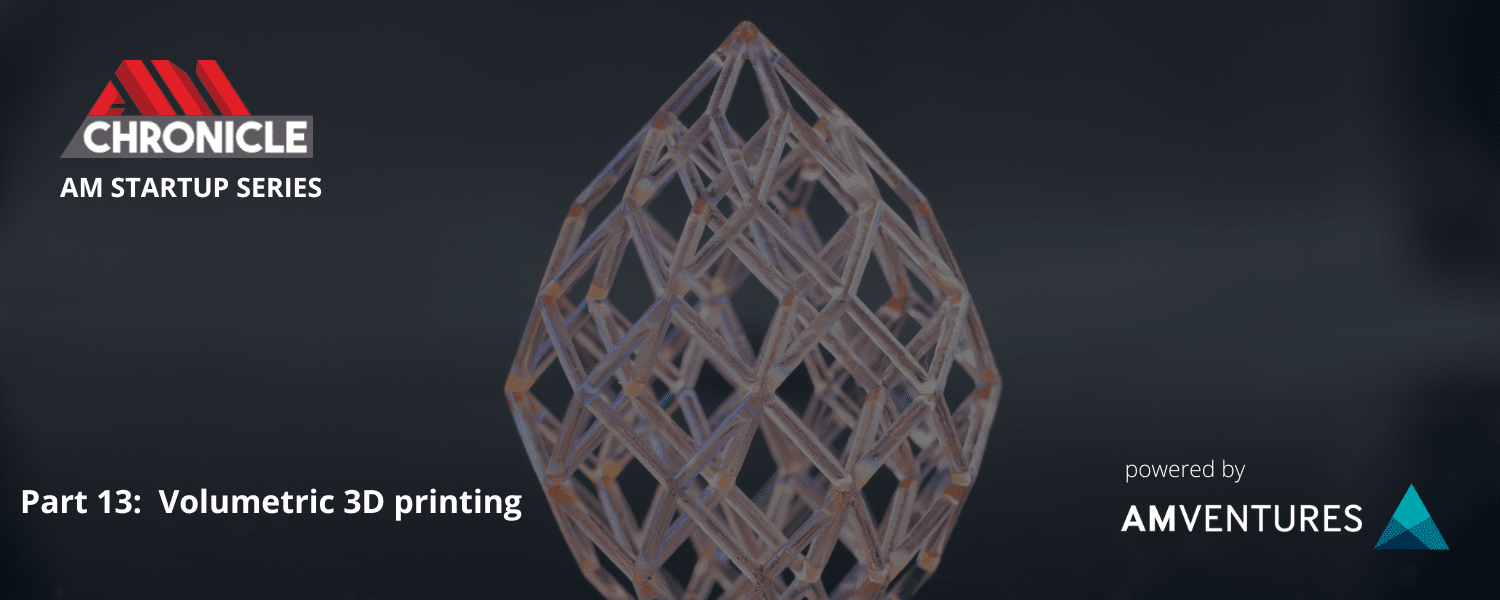Founded in 2019, Xolo has been pioneering volumetric 3D printing called Xolography. Xolography is fast and can print objects as high as 3 cm in 1 – 3 minutes with a high resolution.
In a Nutshell
Founded in 2019, Xolo has been pioneering volumetric 3D printing. It has invented a proprietary technology called Xolography, which is a revolutionary new method to print any design in seconds.
Brains behind this
The brains behind this are Stefan Hecht, a world renown expert in photochemistry, Martin Regehly, a former entrepreneur in the scientific and semiconductor high performance camera space and Dirk Radzinski, a serial deep tech founder.
The Before and The After
In order to address the slow speed of manufacturing, Xolography was chosen to be the solution to address the three areas of current shortcomings in stereolithography/digital light processing. Xolography is fast and typically prints in between 1 and 3 minutes for 3 cm objects with a high resolution. Xolography produces ultra-smooth surfaces with no staircases up to optical imaging quality. Also, since no support structures are needed, therefore they do not need to be removed. Xolography uses high viscous resins and no additives, which lead to different and superior final material properties.
Technology
Xolography involves volumetric 3D materializing technology based on dual colour photo-initiators. Xolography is a dual-color technology that intersects light beams of various wavelengths to cause local polymerization inside a constrained monomer volume. The xolography process has a resolution that is roughly ten times more than computed axial lithography without feedback optimization and a volume creation rate that is four to five orders of magnitude greater than two-photon photopolymerization when compared to volumetric printing techniques.
AM Ventures Asks
Along with technological innovations, it is important for start-ups to understand how their innovation is addressing the world’s biggest Environmental, Social and Governance Challenges. AM Ventures, our co-collaborator for this AM start-up series, poses a question to Xolo on their contribution to the world’s biggest ESG challenges.
Xolography is for small centime sized objects down to the nanoscale. Therefore, the material savings do not add up to something which moves the needle in environmental terms. However, Xolography will open up the door for SMEs to innovate in spaces where usually a lot of capital expenditure is required. This, speeds up innovation cycles and will ultimately, benefit everyone.
Funding Facts
Xolo raised a seed round of EUR 2,5 M in 2021. It entered academic markets by selling Xolography printers called Xube in late 2021. Printers are sold to innovative research groups in bioprinting, optics 3D printing and material science.
They seek
Xolography is new and different, with potential applications in many areas. They are always on the hunt for entrepreneurs in residence, people who have specific applications in mind which are only thinkable using volumetric printing. They will help those people to succeed. The same applies for scientists who are spearheading innovation at the intersection of 3D printing and bio, optics and material science.
Contact Details
www.Xolo3d.com
A Quick Recap
- Founded in 2019, Xolo has been pioneering volumetric 3D printing.
- It has invented a proprietary technology called Xolography, which is a revolutionary new method to print any design in seconds.
- The brains behind this are Stefan Hecht, a world renown expert in photochemistry, Martin Regehly, a former entrepreneur in the scientific and semiconductor high performance camera space and Dirk Radzinski, a serial deep tech founder.
- In order to address the slow speed of manufacturing, Xolography was chosen to be the solution to address the three areas of current shortcomings in stereolithography/digital light processing.
- Xolography is fast and typically prints in between 1 and 3 minutes for 3 cm objects with a high resolution.
- Xolography produces ultra-smooth surfaces with no staircases up to optical imaging quality.
- Also, since no support structures are needed, therefore they do not need to be removed. Xolography uses high viscous resins and no additives, which lead to different and superior final material properties.
- Xolography involves volumetric 3D materializing technology based on dual colour photo-initiators.
- Xolography is for small centime sized objects down to the nanoscale. Therefore, the material savings do not add up to something which moves the needle in environmental terms. However, Xolography will open up the door for SMEs to innovate in spaces where usually a lot of capital expenditure is required. This, speeds up innovation cycles and will ultimately, benefit everyone.
- Xolo raised a seed round of EUR 2,5 M in 2021. It entered academic markets by selling Xolography printers called Xube in late 2021. Printers are sold to innovative research groups in bioprinting, optics 3D printing and material science.
- Xolography is new and different, with potential applications in many areas.
- Always on the hunt for entrepreneurs in residence, people who have specific applications in mind which are only thinkable using volumetric printing. They will help those people to succeed. The same applies for scientists who are spearheading innovation at the intersection of 3D printing and bio, optics and material science.
Disclaimer: This AM Chronicle Startup series is powered by AM Ventures and companies mentioned in the series are not necessarily funded or supported by AM Ventures directly, unless otherwise mentioned.
Subscribe to AM Chronicle Newsletter to stay connected: https://bit.ly/3fBZ1mP
Follow us on LinkedIn: https://bit.ly/3IjhrFq
Visit for more interesting content on additive manufacturing: https://amchronicle.com/



